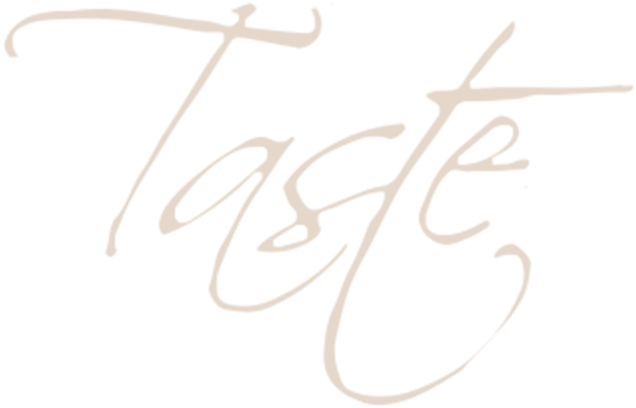No 66
Coppia Ferrarese is a type of regional bread from Ferrara. According to the ‘Statuta Ferrariae’ made in 1287, the bread had to have a signature scroll shape and be the same weight both before and after cooking: “pani che abbiano orletti che non si abbassano quando si cuociono.” In 1536, during a dinner party given by Messer Giglio, the Duke of Ferrara, the shape of the bread was redefined as “ritorto od intorto”, or folded.

Characteristics
Microbial culture
By opening the video, you will exit VR space.

The First Microscope
Although sourdough knowledge has been passed on for generations, for a long time people weren’t really sure what was happening inside their sourdough. Why did it bubble? How does it create all these flavours? And what is it that makes my bread rise? These questions could’ve never have been answered without Anthony van Leeuwenhoek’s discovery. Around 1676, he observed bacteria and other micro-organisms in water using a single-lens microscope of his own design. He could’ve never foreseen the impact this would have on bread! Thanks to the microscope we can literally see what is happening inside sourdoughs. We can see wild yeast bacteria and lactic bacteria thrive together in the mixture of flour and water, fermenting into the most traditional bakery ingredient: sourdough.
sourdough library

-
Characteristics
Microbial culture

‘The Quest for Sourdough’ website is the online wing of the sourdough library. Everybody from anywhere in the world can register their own sourdough on the website.
Add your own sourdoughMicro flora tube
Although consisting of just flour and water, sourdoughs’ simplicity is deceiving. Thousands of different wild yeasts and lactic bacteria can thrive in it, each bringing their own characteristics. Creating their own flavor. And once these sourdoughs are added to dough, their complexity only increases. It is this diversity that creates the endless variety of flavours, textures, of tasty breads. To preserve this rich diversity, the sourdoughs in the library are analyzed on their microflora. Each wild yeast and lactic bacteria strain is preserved in safe, very cold freezers. If one day something goes wrong with the original sourdough, the sourdough can be can be restored thanks to this preservation. Carefully, using the same flour, temperatures, and some time, the same microflora will revive the sourdough. That way, we guarantee the sourdough traditions continue.
Tap on the floor to change location
Tap on the floor to change location
Click and drag your mouse to look around
Swipe your screen to look around
Click on the sourdoughs or artefacts to get more information
Tap on the sourdoughs or artefacts to get more information